Family Osphronemidae Genus BettaBleeker, 1850 | Order Perciformes Subfamily Macropodusinae Scientific name Betta Phylum Chordata | |
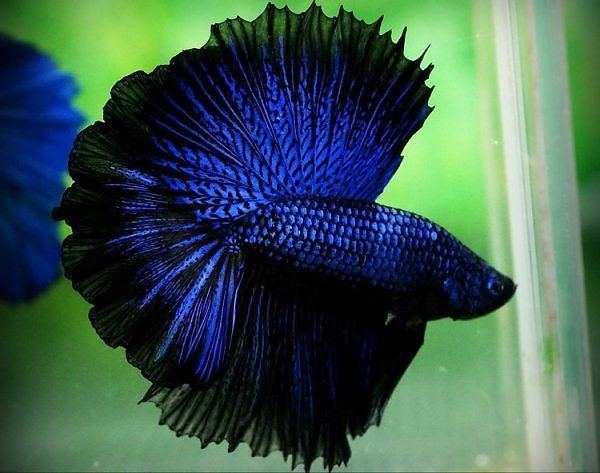 | ||
Length Siamese fighting fish: 7 cm Lower classifications Siamese fighting fish, Emerald green betta, Peaceful betta, Spotfin betta, Betta albimarginata | ||
How to care for betta fish
Betta /ˈbɛtə/ is a large genus of small, often colorful, freshwater ray-finned fishes in the gourami family (Osphronemidae). By far the best known Betta species, however, is B. splendens, commonly known as the Siamese fighting fish.
Contents
- How to care for betta fish
- The complete betta fish life cycle in 3 minutes
- Characteristics
- Name
- Diet
- Conservation
- Species
- References
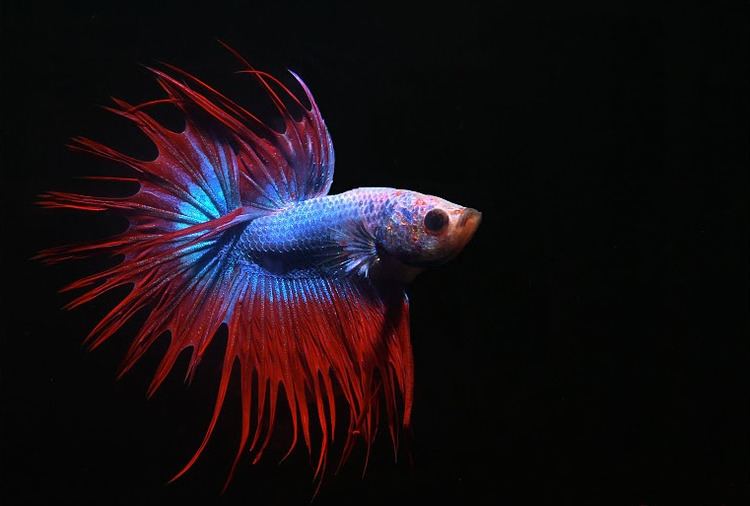
The complete betta fish life cycle in 3 minutes
Characteristics
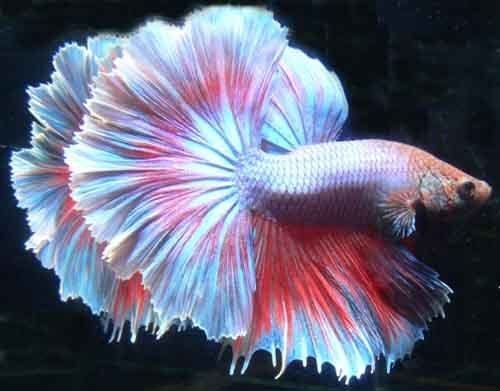
All the Betta species are small fishes, but they vary considerably in size, ranging from under 2.5 cm (1 in) total length in B. chanoides to 12.5 cm (5 in) in the Akar betta (B. akarensis).
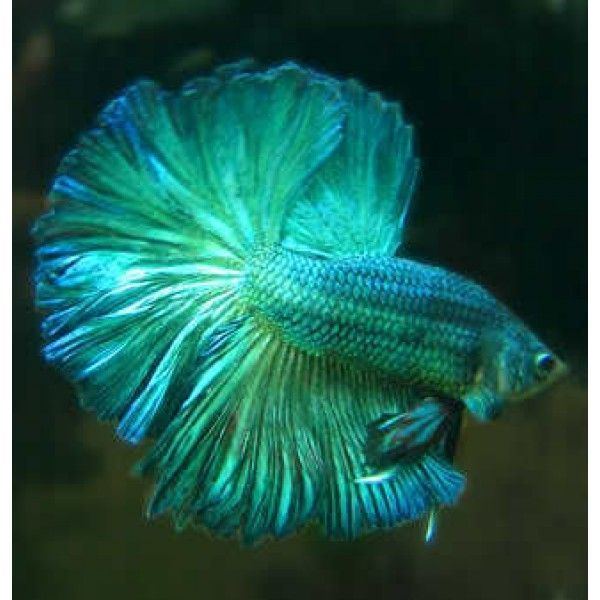
Bettas are anabantoids, which means they can breathe atmospheric air using a unique organ called the labyrinth. This accounts for their ability to thrive in low-oxygen water conditions that would kill most other fish, such as rice paddies, slow-moving streams, drainage ditches, and large puddles.
The bettas exhibit two kinds spawning behaviour: some build bubble nests, such as B. splendens, while others are mouthbrooders, such as B. picta. The mouthbrooding species are sometimes called "pseudo bettas", and are sometimes speculated to have evolved from the nest-builders in an adaptation to their fast-moving stream habitats.
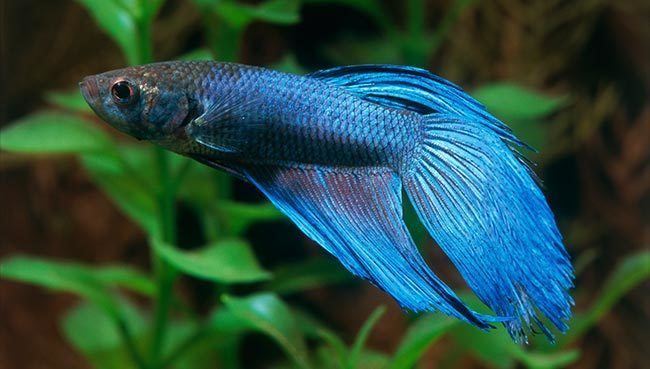
A phylogenetic study published in 2004 concluded tentatively that bubble-nesting was the ancestral condition in Betta, and that mouthbrooding has evolved on more than one occasion in the history of the genus. However it was unable to establish a correlation with any of three habitat variables studied: whether a species was found in lowland or highland streams, whether it was found in peat swamp forests, and whether it was found in water with fast or slow currents. Mouthbrooding species tend to exhibit less sexual dimorphism, perhaps because they do not need to defend a territory as the bubble-nesters do.
Name
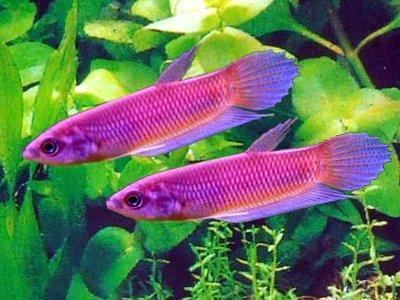
Siamese fighting fish (B. splendens) are frequently sold in the United States simply as "bettas". In fact, as of 2017, around 73 species are classified within the genus Betta. A useful distinction is that while the generic name Betta is italicized and capitalized, when used as a common name it is usually neither italicized nor capitalized. The common name of B. pugnax, for example, is thus Penang betta.
The name Betta (or betta) is pronounced /ˈbɛtə/; the first part is the same as the English word bet. By confusion with the name of the Greek letter beta, the name is often pronounced /ˈbeɪtə/ in American English, and may be misspelled with one 't'. The name of the genus is unrelated to that of the Greek letter, being derived from the Malay word ikan betah ("persistent fish").
Diet
Wild Betta fish are hardy and can eat almost anything in their environments, including worms, larvae of mosquitoes or other insects, and even smaller fish. Their natural environment is often resource-limited, so many Betta species have little choice of food.
Conservation
While many Betta species are common and B. splendens is ubiquitous in the aquarium trade, other bettas are threatened. The IUCN Red List classifies several Betta species as Vulnerable. In addition, B. livida is Endangered, and B. miniopinna, B. persephone, and B. spilotogena are Critically Endangered.
The United Nations Environment Programme lists an unconfirmed species, Betta cf. tomi, as having become extinct in Singapore between 1970 and 1994. This likely refers to the extirpated Singaporean population of B. tomi, which continues to exist in the wild in Indonesia and Malaysia, as well as in captivity; the Red List classifies it as Vulnerable.
Species
There are currently 73 recognized species in this genus. The currently described Betta species can be grouped into complexes for conservation purposes. (This grouping of species makes no claim at representing a phylogenetic reality.) The complexes of the associated species are:
